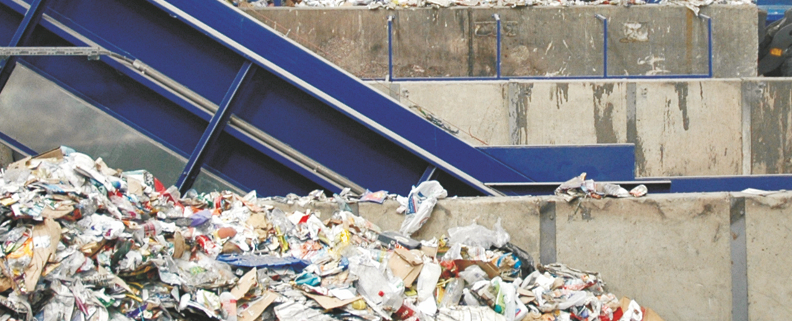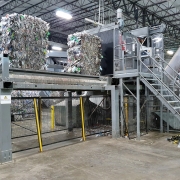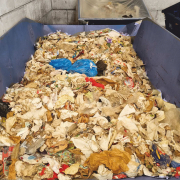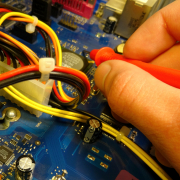Recovery of Paper Fibers from Waste
USA-based paper products manufacturer Georgia-Pacific (GP) has opened a processing unit to recover fiber from particularly contaminated streams that would otherwise be landfilled.
In Toledo (Oregon, USA), the first quarter of this year started with Georgia-Pacific’s material recovery facility (MRF), which has applied the Juno technology to recycle highly contaminated mixed materials. It is planned that the unit will process 300 tons per day (or about 100,000 tons per year) when it has reached its full capacity. The recovered fiber, along with fiber from OCC (old corrugated containers), will be used to produce linerboard for boxes.
Juno, a company belonging to the American pulp and paper corporation Georgia-Pacific, “provides communities and organizations with a solution to help achieve recycling goals and reduce overall air emissions,” the information on the enterprise’s homepage says. Globally, over two billion tons of waste were generated each year; that number would grow to approximately 3.5 billion tons by the year 2050, it refers to estimates of the World Bank. “Juno wants to help.”
As described on the homepage, the – patented – Juno Technology “takes commercial waste and uses a proprietary process to sterilize waste, turn the food into biogas, and recover paper, plastics, and metals”. For this purpose, the waste is sanitized in a specialized, heated chamber. Then the process separates the valuable materials – mostly paper fibers, plastics and metals – suitable for recycling. The organic material is converted into biogas that can be used in a variety of applications. GP anticipates that, on average, about 30 percent of processed waste will be usable fiber for papermaking.
According to Juno, it can recycle up to 90 percent of what is diverted to the company from landfills and incinerators from commercial sources. The firm is convinced that it has the “potential to provide millions of tons of recycled paper, plastics, and metals back to the global economy for reuse as raw materials”. Furthermore, there are emissions reductions: “Our goal is to divert 10 million tons of garbage from landfills and incinerators and offset 10 million tons of carbon dioxide equivalents in under 10 years.” It is planned to commercialize GP’s and Juno’s waste solution in cities around the globe.
(Published in GLOBAL RECYCLING Magazine 3/2021, Page 23, Photo: azthesmudger / stock.adobe.com)









